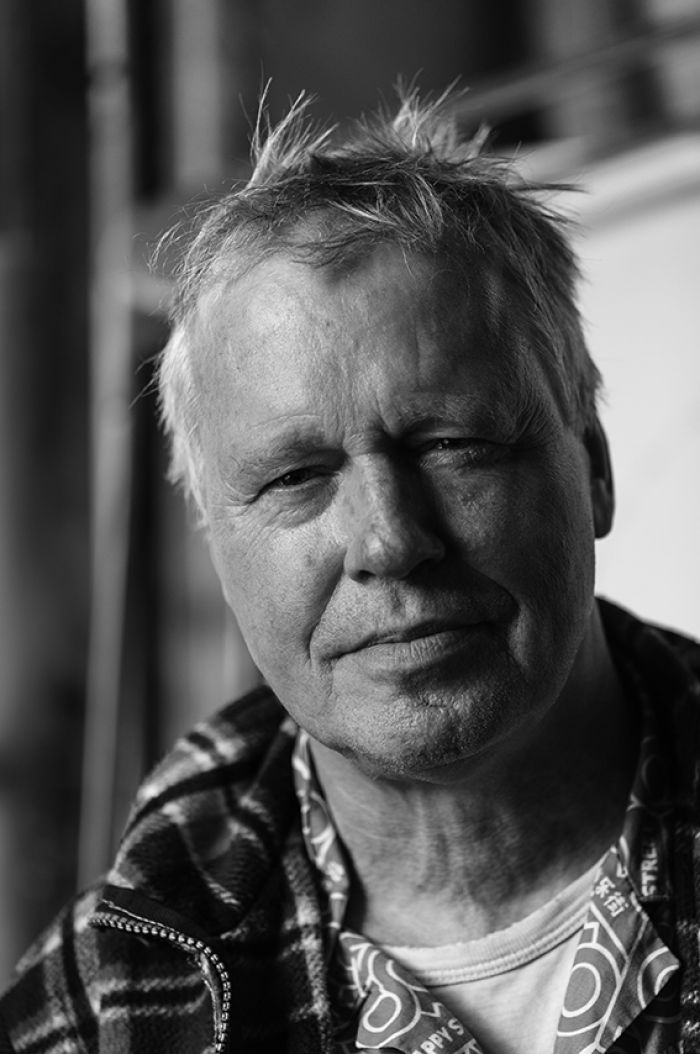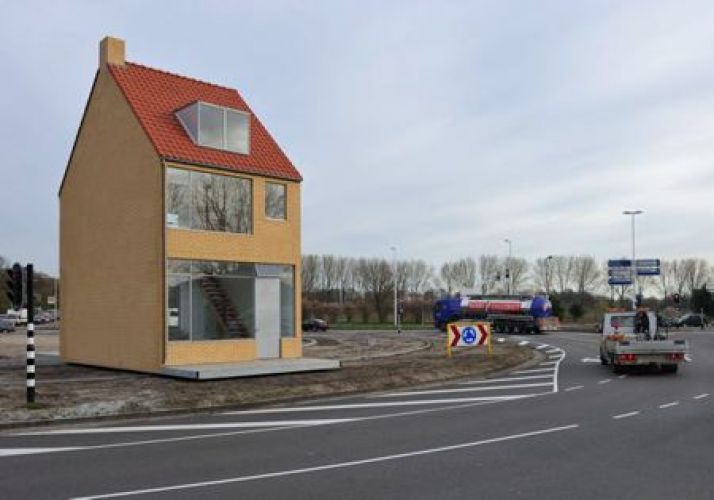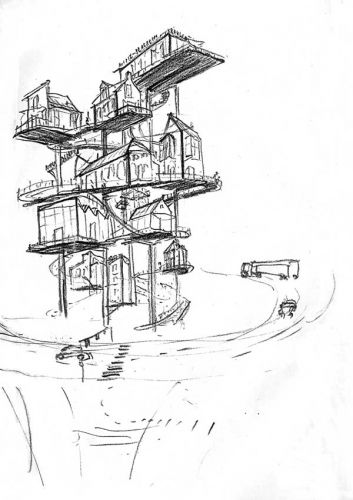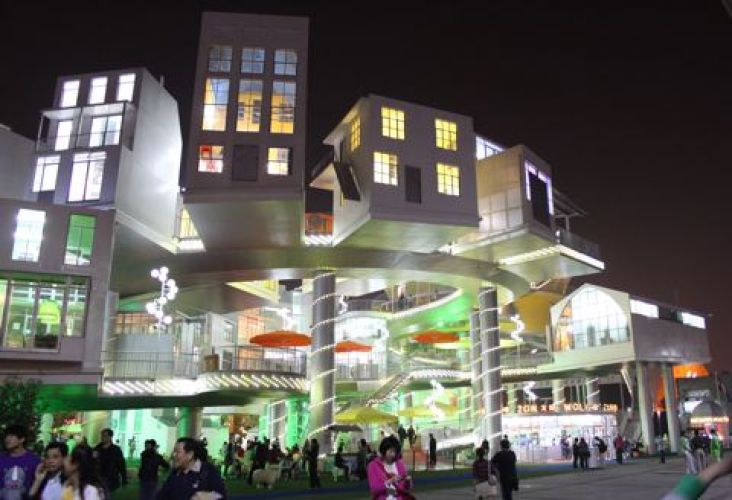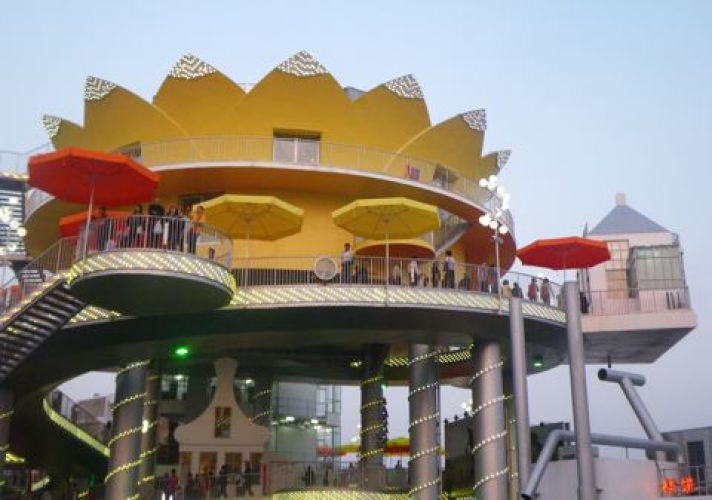freak
Is walking on this straight road exciting? ‘It will at least be strange. You’ll see the slopes on the side of the road recede and then disappear. Further along they reappear, while the width of the road stays the same. You’re also dealing with another direction of gravity, at an angle instead of straight down. De Rechte Weg is not only Körmeling’s largest work, but also the project with the longest prelude. The first design dates back to the early 1980s. ‘I wanted to make a straight pier from Brabant to Zeeland. If it started horizontally in Hoogerheide and continued straight on, it would end up being 159 metres high. My idea was to use a paternoster lift to go up. From the top there’d be a view of Zeeland, water to the left and to the right, like a big headland, a natural pier.’ The Zeeland design never made it past the mock-up stage, but it did win Körmeling the Rotterdam- Maaskant prize for Young Architects in 1985. ‘And I hadn’t even built anything,’ he grins. He’s now known for his big sculptures like the Ha Ha Hi Hi neon at Schiphol Airport, or the square car that shows up regularly at museum exhibitions. ‘But I don’t consider myself an artist: I’m 100 per cent an architect. A real freak.’
